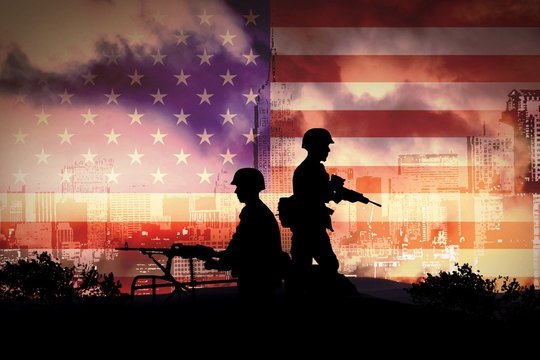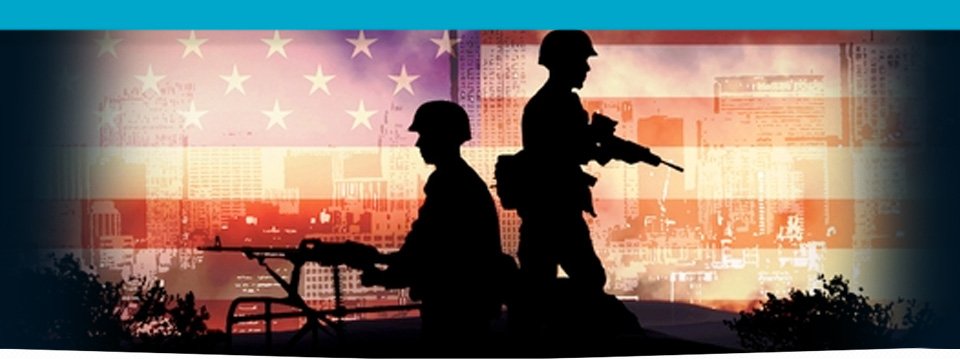

… from Russia Today, Moscow
[ Editor’s Note: As the VT team disclosed at the Damascus Counter-terrorism conference in 2014, with Gordon on point, all of these wars are a racket by multinational corporate bankster criminal organizations, because you can do all kinds of things during a war to make tons of money that you would be thrown in jail for during peace time.
War is Grand Larceny in its purest form. Under what other circumstance would the American people bury themselves and their grandchildren back into indentured servitude, with no revolution to try to stop it? Why is no one asking why the US always seems to deem countries that refuse to be robbed as threats?
Why does our military leadership, that we know is smart enough to see through the whole charade, refuse to participate in stopping any of it? Is it because they feel they have a bigger piece of the pie if the charade keeps on going? Color me suspicious… Jim W. Dean ]
____________

– First published … September 16, 2016 –
The US spent $4.79 trillion on wars in the Middle East and on the ‘War on Terror’ after the September 2001 terrorist attacks, a new report estimated. The report by the Cost of War Project, which is run by Brown University’s Watson Institute, counted the total budgetary cost of the wars America waged in Afghanistan, Iraq, Pakistan and Syria as well as on counter-terrorism.
The $4.79 trillion figure includes future obligations to spend budgetary money through 2053, estimated future spending on veterans, interest already paid for money borrowed for the war effort and other relevant expenditures. This is $300 billion higher than what the project reported in 2015.
The estimate does not include interest the US is expected to pay on war loans, but says the current operational cost may pale in comparison.
“Interest costs for overseas contingency operations spending alone are projected to add more than $1 trillion to the national debt by 2023. By 2053, interest costs will be at least $7.9 trillion unless the US changes the way it pays for the wars,” wrote report author Neta Crawford, professor of political science at Boston University and co-director of the Costs of War Project.
The figure also excludes costs that are difficult to estimate such as the spending on veterans by local and state budgets. Neither does it put a dollar cost on loss of human life or the toll the wars take on the US economy. The former was detailed in an earlier report published in August.
The macroeconomic impact is addressed briefly and is said to have “cost tens of thousands of jobs, affected the ability of the US to invest in infrastructure and probably led to increased interest costs on borrowing, not to mention greater overall federal indebtedness.”
The paper details other estimates of the cost of war by US officials and scholars, saying that they were more conservative.
“This paper’s estimate of current and future costs of war greatly exceeds pre-war and early estimates. Indeed, optimistic assumptions and a tendency to underestimate and undercount war costs have, from the beginning, been characteristic of the estimates of the budgetary costs and the fiscal consequences of these wars,” the report said.
____________

Jim W. Dean is VT Editor Emeritus. He was an active editor on VT from 2010-2022. He was involved in operations, development, and writing, plus an active schedule of TV and radio interviews. He now writes and posts periodically for VT.
ATTENTION READERS
We See The World From All Sides and Want YOU To Be Fully InformedIn fact, intentional disinformation is a disgraceful scourge in media today. So to assuage any possible errant incorrect information posted herein, we strongly encourage you to seek corroboration from other non-VT sources before forming an educated opinion.
About VT - Policies & Disclosures - Comment Policy




Comments are closed.